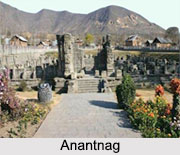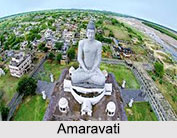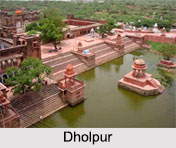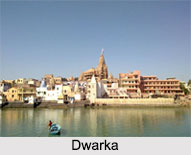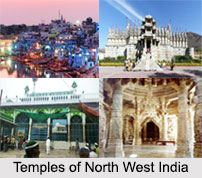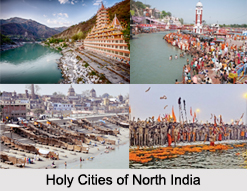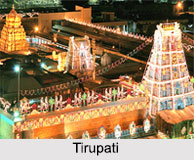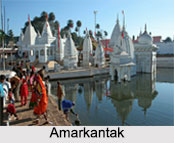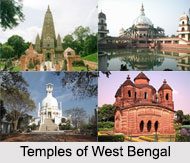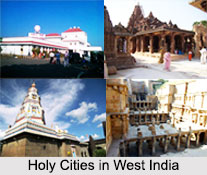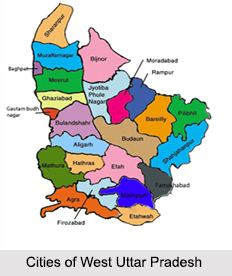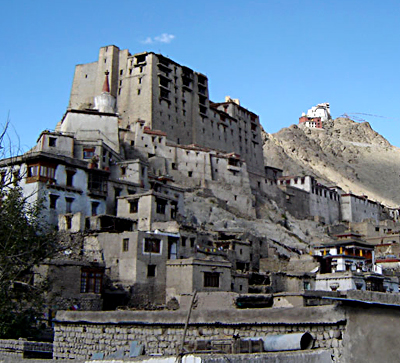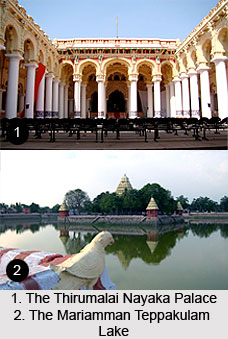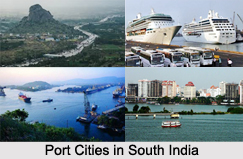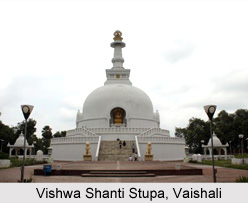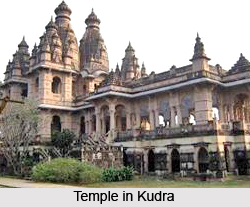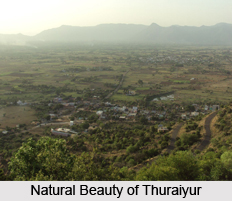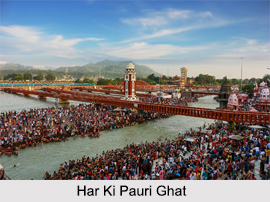Margao, derived from Mathagram (the village of Mathas), denoting a place with a `matha` or a religious establishment, was popularly known as the temple town, as innumerable Hindu mathas and temples were located around the region. Before the Portuguese invaders arrived, Margao was amongst the major communities in Salcette. The residents comprised mostly of Vaishnavas and Brahmins. It also comprised a University with a library. In 1543, during the Portuguese conquest, Hindu temples were demolished and Catholic churches were constructed in those places. Almost all signs of Hindu settlement were eradicated. The first church to be built in Margao, including a seminary, was ruined by the invaders. In 1675, the present church was constructed.
The original inhabitants of Margao settled in the region around the Damodar Temple.
The Holy Spirit church was constructed by destroying the original temple that stood in that location. Christianity quickly became the dominating religion in the Portuguese rule. Most of the Hindus relocated to other regions of the country, particularly across the Zuari Agranashini River towards the Hindu regions under the Sonde rulers, as most of the locals were compelled to convert their religion to Christianity.
Trade and commerce improved during that period. River Sal acted as a major trade route. Many historical landmarks, monumental structures, and ancient scripts of that era validate the rich history of Margao. The town developed on the eastern part (Borda region), while the western part of the Church grew as a market place, with the church in the centre and extended outwards.
On one side of The Holy Spirit Main Square, stands the parochial house and church with its baroque architecture and on the other side are the palatial mansions of affluent elite Catholics, which are positioned in a row. The school and The Associa‡ao das Communidades building are the exceptions that stand out. They add to its sense of scale and character. With the varandas and balcoes facing the square, the buildings manage to have a maximum height of two stories. The old market or the commercial street runs parallel to the church square. Next to the church, there is also a landscaped area called Pra‡a da Alegria popularly known as Joy Square.
With the development of the surrounding villages and towns, Margao started emerging as an administrative and commercial region to support the neighbourhood towns. The Town Hall, the core of the administrative centre, was built towards the south. As the commercial market was connected to it, the name `Maud Gao` or the market town became popular. The city has developed towards the east since then. In 1961, Margao was announced as the administrative centre of South Goa.
